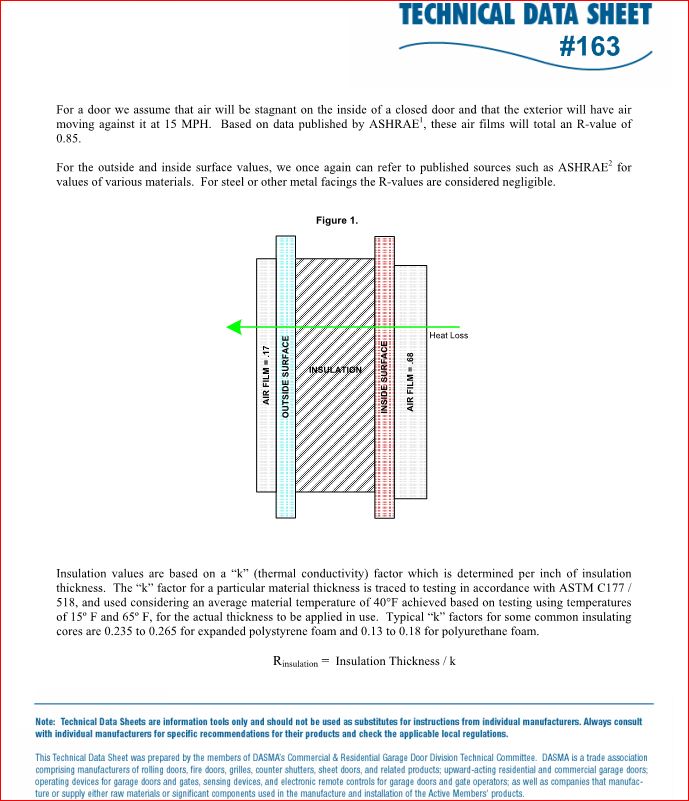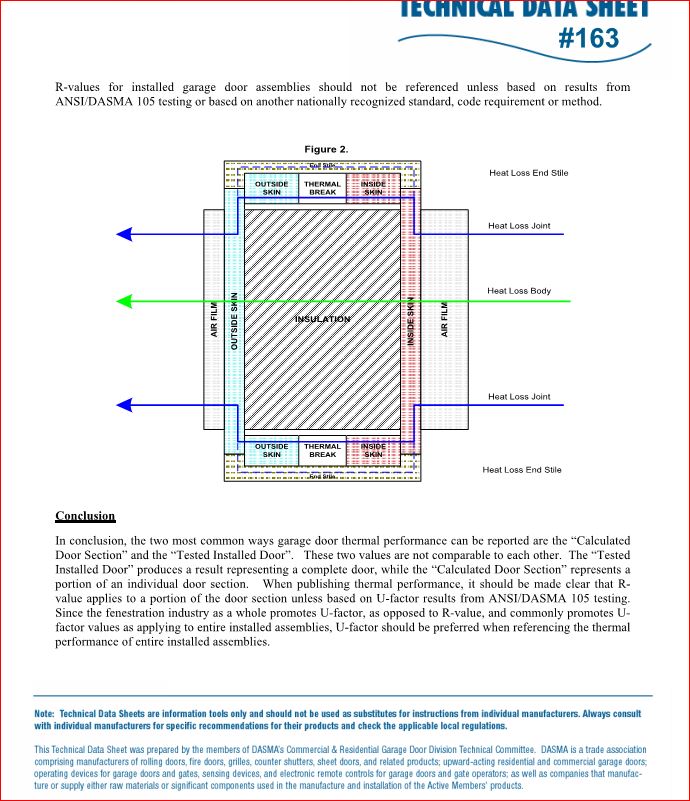Clopay's garage doors with their proprietary "Intellicore" polyurethane foam insulation claim R-values as high as 20.4 in a 2" thick door, or R-10.2 per inch.
State-of-the-art spray polyurethane insulation has an initial R-value up to 6.7 per inch, or about 65% of what Clopay claims (in a best-case scenario).
Clopay's technology is proprietary, but how is such a high R-value even technically possible for a polyurethane foam?
EDIT 1:
I realize that there are other elements besides foam in the door, but their cross section illustration (top of page) depicts polyurethane foam injected into a steel shell. The steel certainly does not increase the R-value, so the R-value apparently comes solely from the foam.
EDIT 2:
Some context for posterity: I'm considering building my own insulated garage door, and through some research I found that Clopay appears to lead the market in garage door R-values. Trying to see if (and how) I can get anywhere close to their R-values.





